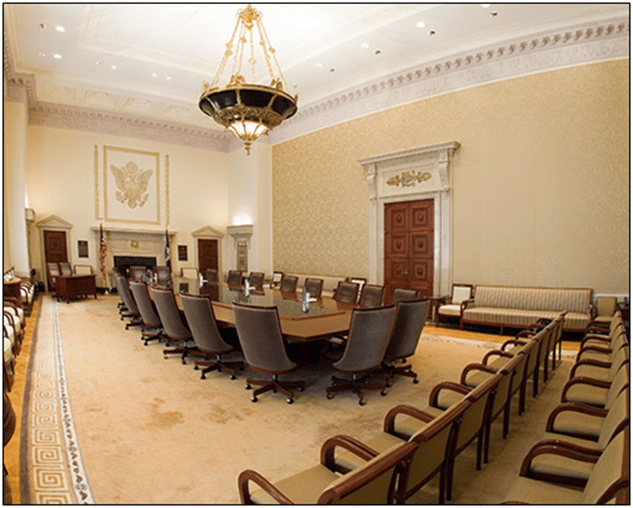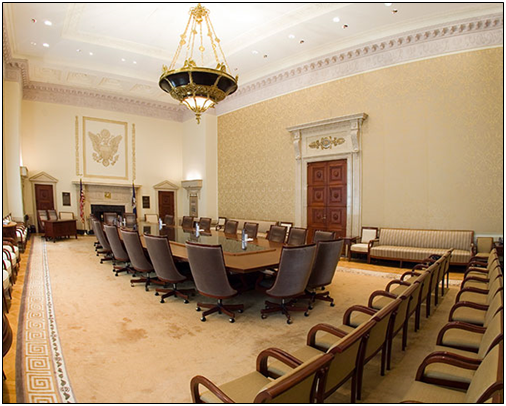June 15, 2023
Permission to republish original opeds and cartoons granted.
Fed pauses interest rate hikes as inflation continues to collapse to 4 percent and global economy heads into recession

The Federal Reserve has halted increasing its target interest rate, the Federal Funds Rate, at 5 percent to 5.25 percent, as consumer inflation reported by the Bureau of Labor Statistics continues to slow down, now down to an elevated 4 percent the past twelve months. Last month it was 4.9 percent.
The biggest offsets on inflation the past year, which peaked at 9.1 percent annualized in June 2022, have come from energy, which was spiking to the moon in 2022, but is now down 11.7 percent off its 2022 highs. Gasoline is down 19.7 percent compared to last year, and fuel oil is down 37 percent.
Still, there are other areas of concern, particularly with food inflation, with prices up 6.7 percent the past year and still climbing.
Towards that end, the Fed is not taking further rate hikes off the table, instead saying in its June 14 statement it is still “determining the extent of additional policy firming that may be appropriate to return inflation to 2 percent over time…” Meaning, there could still be another spike.
Usually, in the economic cycle, when the Fed reaches a high-water mark for interest rates, it will tend to hold rates at that level until such time that prices have fully corrected, often coinciding with a recession as demand cools off. Many of those signs are already present.
Globally, Germany’s economy is already shrinking, down 0.5 percent and 0.3 percent the past two quarters, which is taking much of the Eurozone with it, after the economy overheated from too much inflation and energy scarcity following Russia’s invasion of Ukraine in Feb. 2022 that worsened an already bad supply chain situation, particularly of global oil and natural gas markets.
New Zealand just entered a recession as well, down 0.1 percent the past quarter.
And in China, youth unemployment just hit a record high of 20.8 percent in May, while overall unemployment was at 5.2 percent as the economy there slows down.
As for the U.S., unemployment is still near record lows, currently at 3.7 percent in May, but that’s up from 3.5 percent in April. And the Fed is projecting it to keep rise steadily to 4.1 percent this year and up to 4.5 percent in 2024.
One offset to what might otherwise be a deeper recession are job openings measured by the Bureau of Labor Statistics, which increased by 358,000 to 10.1 million in April. That’s still more than 15.9 percent below the 12 million peak in March 2022. Job openings in the past three recessions have tended to dip significantly.
But the number of job openings increasing over the past decade has coincided with the number of Americans retiring. Americans not in the labor force 65 years old and older has increased 3.27 million since Feb. 2020, from 28.3 million to 31.4 million today. In Jan. 2009 it was just 20.1 million. That’s the Baby Boomer retirement wave.
Still, a rise to 4.5 percent unemployment over the next year or so is an implied 1.3 million jobs losses between then and now. Not the worst upheaval in labor markets in history — the 2008 and 2009 recession and 2020 Covid recession were much, much worse — but it is still quite significant.
Which, is usually what happens after the economy overheats from inflation following a period of growth. In the current cycle, more than $6 trillion was printed, borrowed and spent into existence to offset global Covid economic lockdowns and production halts. It was too much money, chasing too few goods.
And now comes the price. Looking forward, if the unemployment projections play out as anticipated or are worse, there will come a point when the Federal Reserve will begin cutting interest rates to ease lending conditions, and may begin to accumulate more treasuries and mortgage-backed securities again — so-called quantitative easing — if prices look like they might start contracting outright in deflation. As usual, stay tuned.
Robert Romano is the Vice President of Public Policy at Americans for Limited Government Foundation.
Video: Corporate Media PANICS As Support For Trump Surges!

To view online: https://www.youtube.com/watch?v=yty1x3lzhlg

RFK Jr.: Durham Report Changed My Mind About Russiagate, "Makes It Look Like The Entire Thing Was Fake"
During an interview with "System Update" host Glenn Greenwald, Democratic Presidential candidate Robert F. Kennedy explained how his view of "Russiagate" changed after reading the Durham report.
GLENN GREENWALD: In terms of this Russiagate narrative that really dominated our politics for five or six years, and the two prongs of it were that the Trump campaign collaborated with the Kremlin to hack into the DNC emails and manipulate the outcome of the 20216 election. And the subsidiary claim was that Trump was some kind of a puppet of Vladimir Putin or controlled by the Kremlin due to blackmail or other leverage. What is your view now of the veracity of those two claims?
ROBERT F. KENNEDY JR,: I think there was a period in which you're correct about that I just accepted the mainstream narrative. Part of that is just my own fault for not being skeptical about it. And part of it also may have been my natal bias against Donald Trump. I was like most Democrats, I was just happy to hear anything that confirmed my own notion of Donald Trump. The first time that I had any kind of inkling that that narrative may not be completely accurate was when I was having dinner with Oliver Stone, and Oliver Stone lives about a half a mile from where I live... and he had Cheryl and I for dinner one night with his sons Sean, who was a podcaster and political critic. And the two of them, I don't know how it came up, maybe one of us mentioned it, but he scoffed in a way that was very dismissive and had a sort of brief monologue about how there was nothing to that story.
And it seemed to me, of course, you're with Oliver Stone, so you think here's a guy who is embracing fringe theories anyway, and you just don't know. But it put the first seed of doubt into my head.
In 2020, when people started criticizing, including myself, the methodology that was being used to prove the Covid vaccines, I all of a sudden began seeing these propaganda tropes that were appearing all the time saying anybody who criticized vaccines is probably a Russian bot, or a stooge of Putin. So then I thought, "Oh, OK, here's what they're doing." And it may be orchestrated.
I think at that point, I was open to hearing a different story, and then i started seeing the piles of evidence, but I still was neutral on it. In my mind, the jury was out on this stuff until I saw the recent disclosures, the Durham report, etc. That makes it look like the entire thing was fake, the entire thing was fabricated from whole cloth.
...
GREENWALD: When I look at the anti-Russia fervor that is driving the war in Ukraine, a lot of it seems to have come from the anti-Russian sentiment that Democrats in particular were encouraged to feed on all these years as part of Russiagate. Going back to 2016, when they blamed Russia instead of the Democratic Party or Hillary Clinton for her defeat. I'm wondering if that is something that concerns you, that so many Americans are being taught to view the Russians kind of the way we looked at them in the Cold War, as this grave existential threat to the United States, and in part this is driving the bellicose mindset towards Moscow?
KENNEDY: The answer to your question is yes. Now I see in some way the Ukraine War, I see a lot of the Russian propaganda tropes that we were being force-fed through the mainstream media, and always sourced to an "unnamed U.S. intelligence agency," which is always suspect. And usually coming out of the Washington Post and the New York Times, which have these relationships, almost Mockingbird-like relationships with the U.S. intelligence agencies, now I see that as kind of the runway to the Ukraine War. That it was all, we were being propagandized to see the Russians as an existential enemy.

